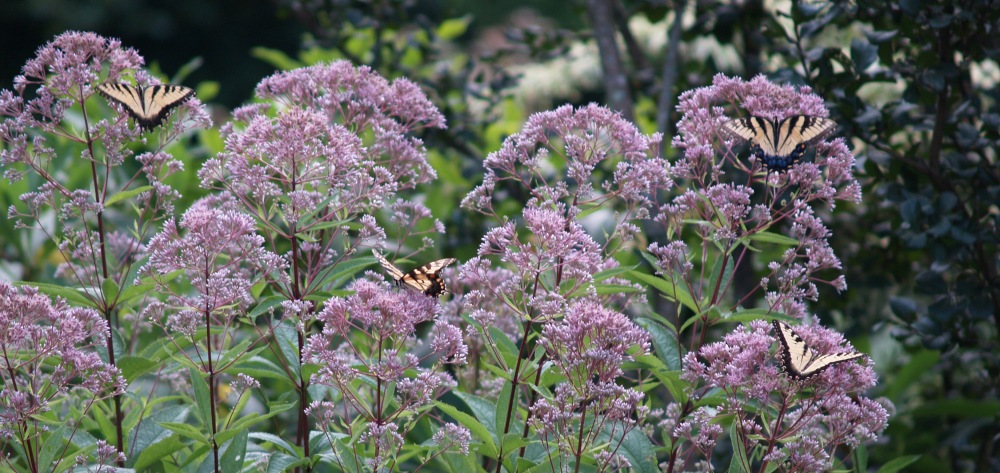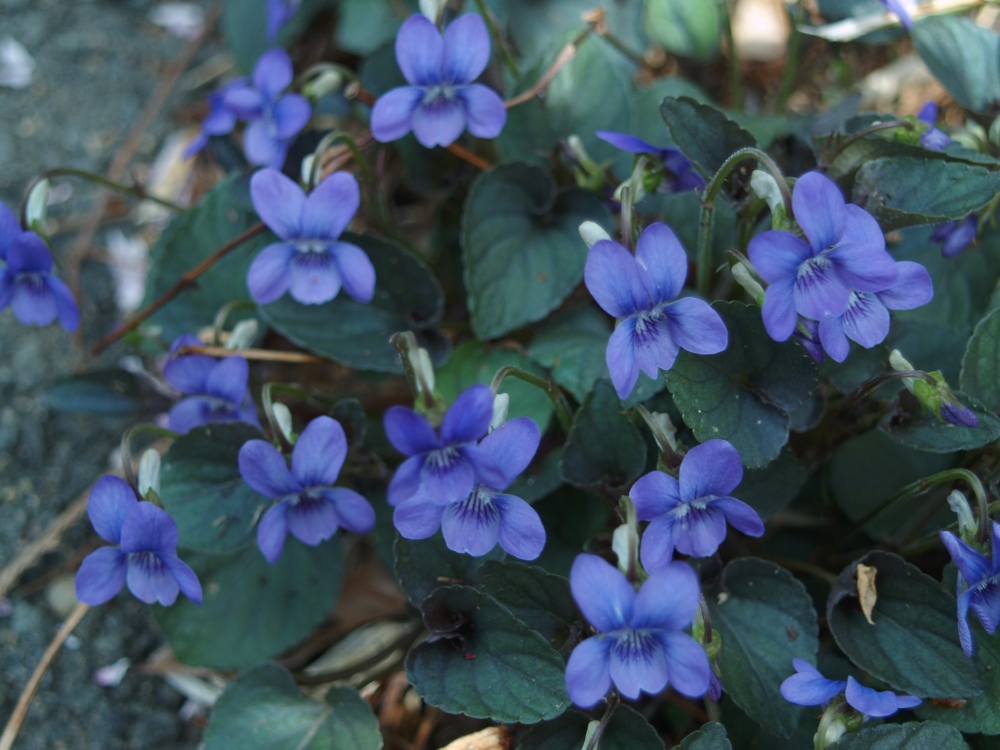Though it’s no secret that I find garden maintenance loathsome, I take for granted that some labor is necessary to maintain a minimum of order so that the garden is not given over completely to briars and brambles. In recent years, parts of the garden without an adequate cover of shredded leaves grow prodigious crops of hairy bittercress and chickweed, and I have proven incapable of controlling these pesky cool season weeds.
Most any gardener will realize that a weed must be removed before going to seed, or many more weeds will result. I cannot tell you how many cycles of seeds there are in one winter from bittercress, but I know that seeds number in the thousands. Fortunately, not every one germinates at once in this garden, but between today and the first warmth of spring the numbers are countless. Leaving their control to the warmth and relative dryness of spring has demonstrated not to be effective, though a few too many times that’s how it’s worked in this garden.
The most pain free maintenance is undertaken a bit at a time, I’ve found, so I convince myself to pull a few of this and that on any winter day that I stomp through the mud. For better or worse, the most abundant weeds are in the damp lower garden, and here are areas that in winter are too sloppy unless I have gone out wearing the muckers, which is likely only if the afternoon is warm and I am especially motivated from a long stretch of being cooped up indoors.

Today, there is standing water where a wet weather spring surfaces, which then trails along a depression to the back of the garden. Until a few years ago this area was much drier, though the spring still flowed intermittently. But, it seems the entire lower third of the property has steadily sunk (though I suspect this is not possible and there is some other explanation), and it has become wet enough that a twenty year old ‘Arnold Promise’ witch hazel (above) finally gave in and died after declining over several years. An old holly is ready to follow to the grave, and instead I have planted shrubs more tolerant of the dampness along with native Joe Pye weeds (below), Sensitive ferns, and Japanese irises.

In any case, there is no bittercress or chickweed in the standing water, but just beside the weeds grow thick. I fear that this will be too damp, with visions that the muckers will be sucked off my feet and I’ll be left to wade from the bog in sopping, muddy socks. So, I stay to the drier side, and perhaps after another year or two the irises and ferns will have grown dense enough to squeeze out the weeds. Probably not.
In other parts of the garden the obstacles are fewer, and so are weeds. The deep rear garden was once nearly all in full sun, but over twenty five years planting dozens of Japanese maples, dogwoods, redbuds, and such, and then too many shrubs to list, much of the ground is covered, and so here there are few weeds except along the edges. Even this has become more than I wish to manage, so I have undertaken to plant one ground cover or another over every square inch of exposed ground wherever a weed could possibly grow.

I’ve been pleased by the rapidness of violets and ajugas in covering the ground, and though many gardeners consider these weedy, they are welcome to cover as much ground as they care to take. When and if they begin to encroach on space occupied by hostas or hellebores, well, I’ll worry about that then, but I’ve found that managing overly exuberant growth is usually not so difficult as pulling a weed here and there over a large area as I have.
I am sorry for your loss of the witch hazel but happy that you have found so many other things to flourish in its place. I particularly love the Viola labradorica, which can run as rampant as it likes as far as I am concerned. Happy New Year to you!
Happily, several other witch hazels will fill the void so there will be flowers through the winter months, but ‘Arnold Promise’ was the biggest and brightest. Since it declined over several years I was prepared for the disappointment.
Condolences on that witch hazel. It must have been spectacular in it’s day. I also dislike garden maintenance these days and am considering perennial consolidation or give away. Those pesky extra not too good looking iris have always disappeared in a flash when put on the road side with a free sign. Maybe I will be less mean to the gazillions of violets I yank. Went out to check on the hellebores yesterday and saw lots of very happy cress. Next good day they are history.